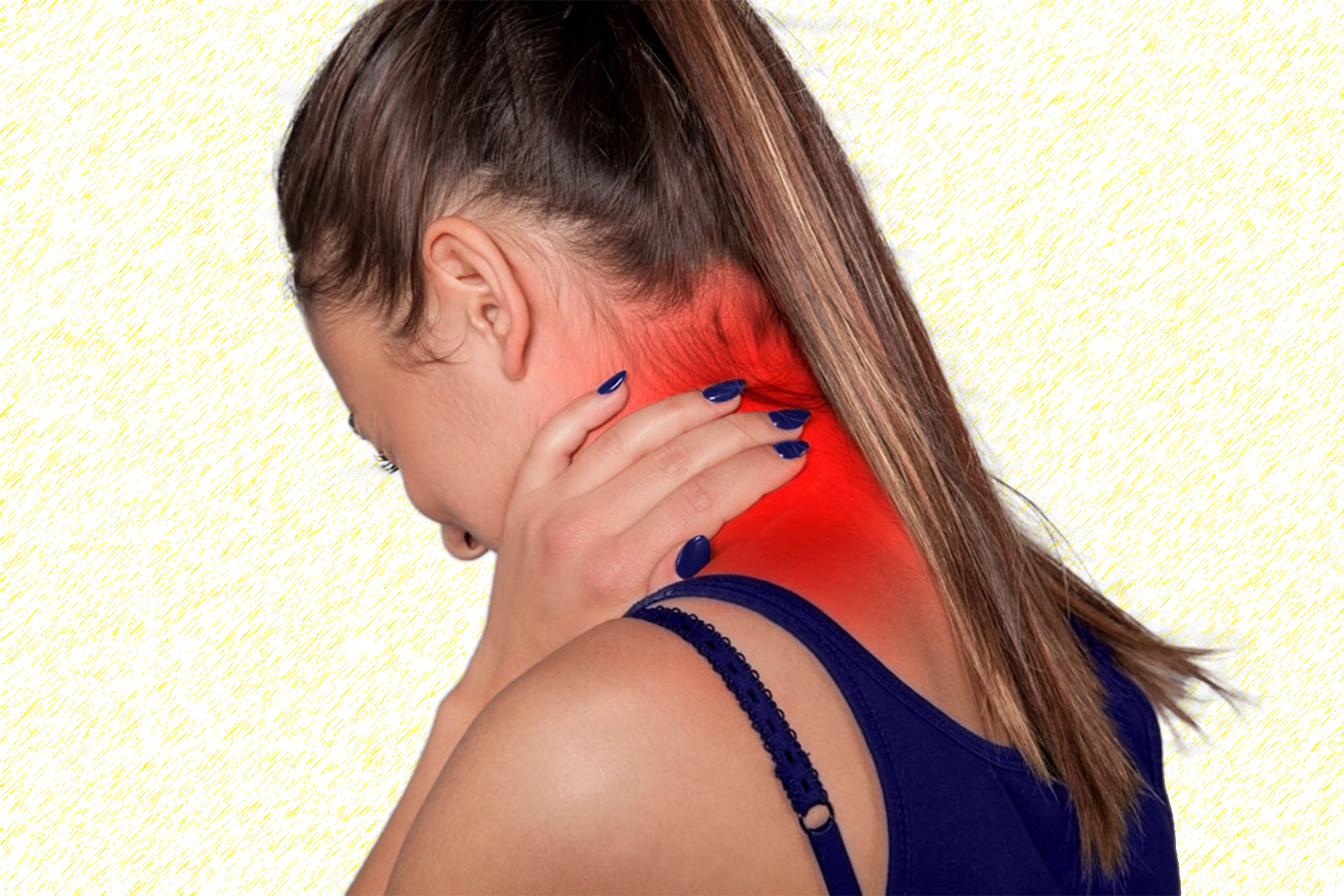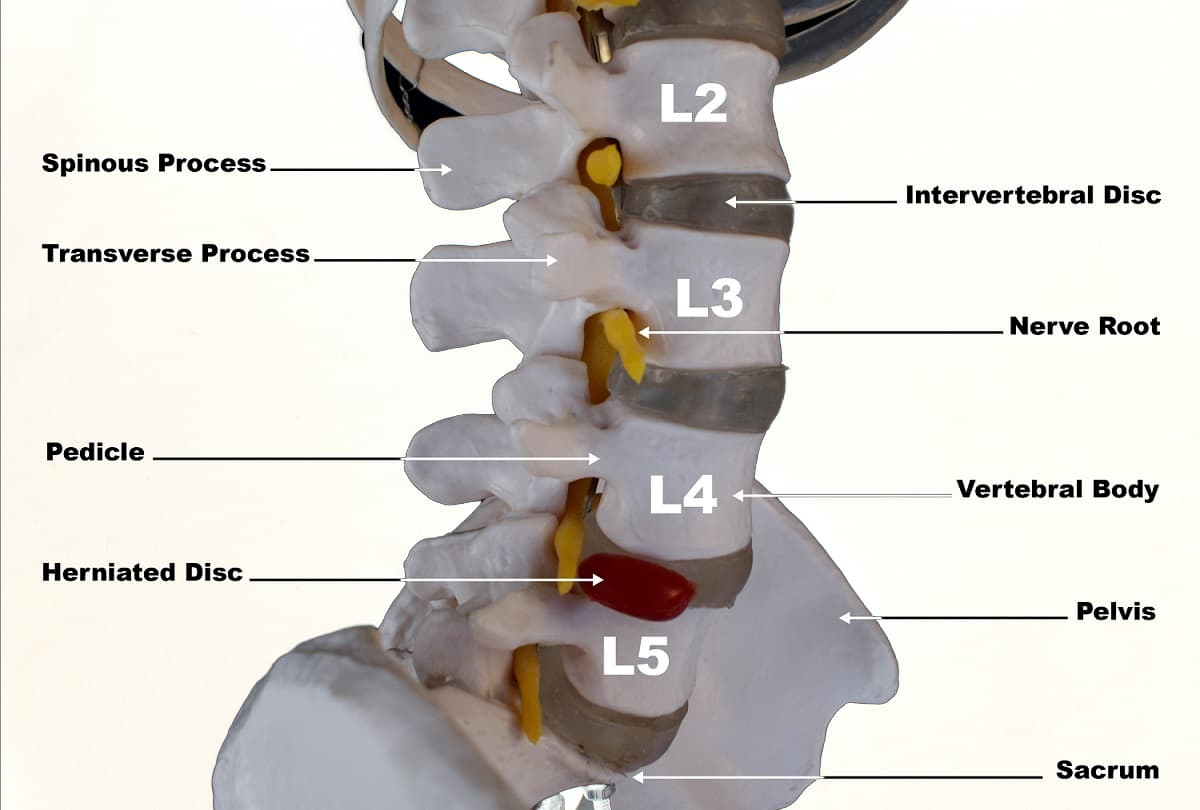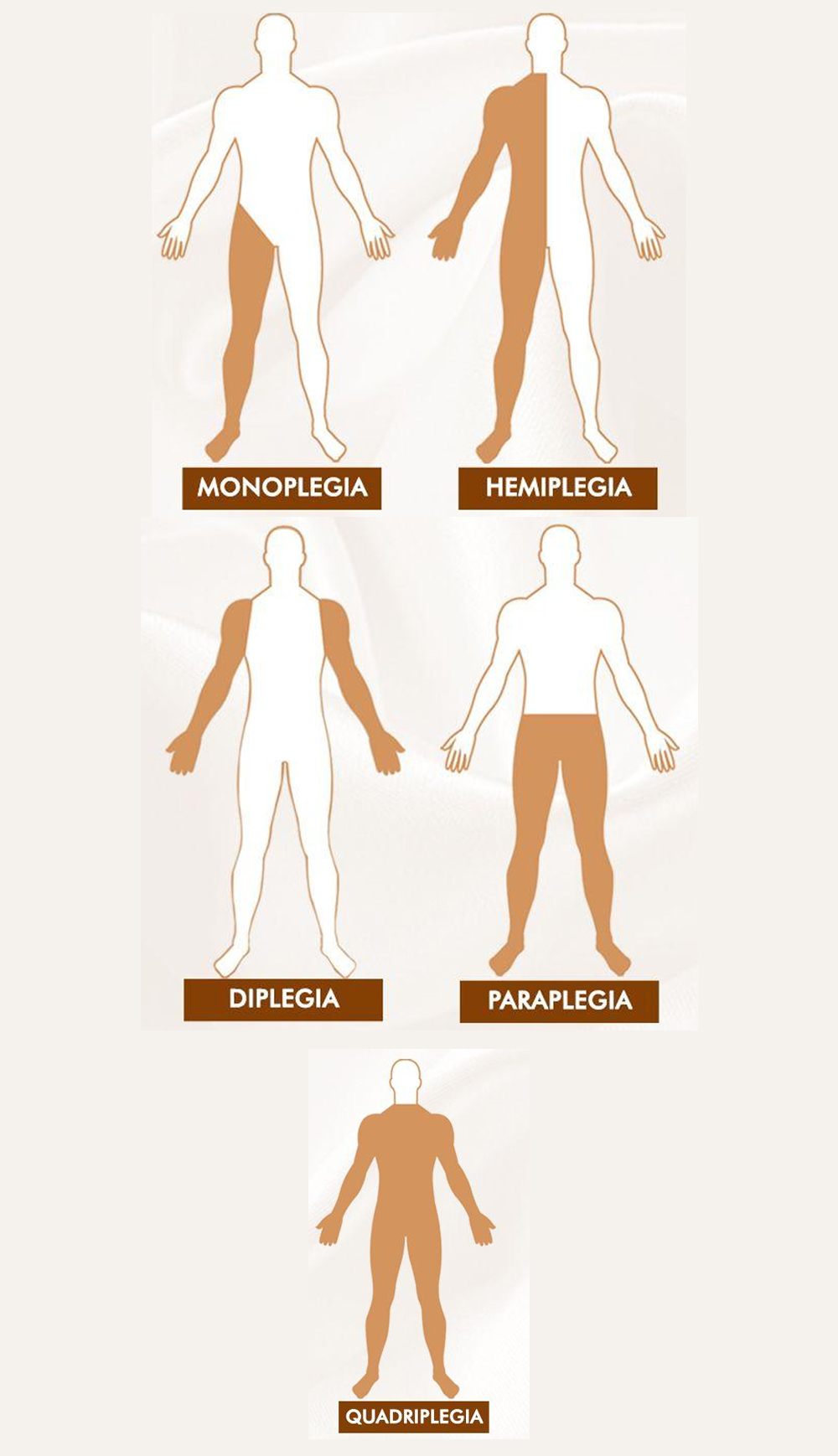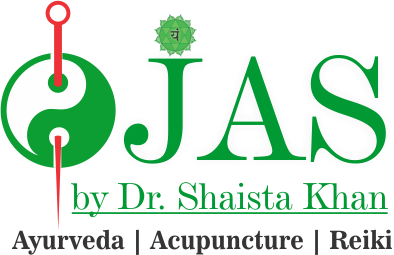cervical
Treatment
Nothing lasts forever, especially the human body. Decades of bending, lifting, turning, and twisting can really take their toll on your neck. Considering all that repetitive stress, it’s no surprise that about two-thirds of people will experience neck pain at some point in their lives.
Cervical disc disease goes beyond just a pain in the neck, though. A degenerative process can cause radiating pain, as well as numbness and weakness in your shoulders, arm, and hand. That discomfort and loss of mobility can have a major impact on your career, family, and quality of life.
Cervical Discs: Your Natural Shock Absorbers
The cervical spine in your neck is made up of seven bones called vertebrae, which are separated by discs filled with a cushioning gel-like substance. Your cervical discs both stabilize your neck and allow it to turn smoothly from side to side and bend forward to back. “Without discs, the spine would be very stiff,” explains Kee Kim, MD, associate professor of Neurological Surgery and chief of Spinal Neurosurgery at the University of California at Davis. “Discs allow our body to move in the way that we want. They also provide cushion for the body, acting as a shock absorber.”


Sciatica : Sciatica is nerve pain from an injury or irritation to the sciatic nerve, which originates in your buttock/gluteal area. The sciatic nerve is the longest and thickest (almost finger-width) nerve in the body. It’s actually made up of five nerve roots: two from the lower back region called the lumbar spine and three from the final section of the spine called the sacrum. The five nerve roots come together to form a right and left sciatic nerve. On each side of your body, one sciatic nerve runs through your hips, buttocks and down a leg, ending just below the knee. The sciatic nerve then branches into other nerves, which continue down your leg and into your foot and toes.
True injury to the sciatic nerve “sciatica” is actually rare, but the term “sciatica” is commonly used to describe any pain that originates in the lower back and radiates down the leg. What this pain shares in common is an injury to a nerve – an irritation, inflammation, pinching or compression of a nerve in your lower back.
If you have “sciatica,” you experience mild to severe pain anywhere along the path of the sciatic nerve – that is, anywhere from the lower back, through the hips, buttocks and/or down your legs. It can also cause muscle weakness in your leg and foot, numbness in your leg, and an unpleasant tingling pins-and-needles sensation in your leg, foot and toes.
What are the symptoms of sciatica?
The symptoms of sciatica include:
Moderate to severe pain in lower back, buttock and down your leg.
Numbness or weakness in your lower back, buttock, leg or feet.
Pain that worsens with movement; loss of movement.
“Pins and needles” feeling in your legs, toes or feet.
Loss of bowel and bladder control (due to cauda equina).
Slipped Disc : Your spinal column is made up of a series of bones (vertebrae) stacked onto each other. From top to bottom, the column includes seven bones in the cervical spine, 12 in the thoracic spine, and five in the lumbar spine, followed by the sacrum and the coccyx at the base. These bones are cushioned by discs. The discs protect the bones by absorbing the shocks from daily activities like walking, lifting, and twisting
Each disc has two parts: a soft, gelatinous inner portion and a tough outer ring. Injury or weakness can cause the inner portion of the disc to protrude through the outer ring. This is known as a slipped, herniated, or prolapsed disc. This causes pain and discomfort. If the slipped disc compresses one of your spinal nerves, you may also experience numbness and pain along the affected nerve. In severe instances, you may require surgery to remove or repair the slipped disc.
What are the symptoms of a slipped disc?
You can have a slipped disc in any part of your spine, from your neck to your lower back. The lower back is one of the more common areas for slipped discs. Your spinal column is an intricate network of nerves and blood vessels. A slipped disc can place extra pressure on the nerves and muscles around it.
Symptoms of a slipped disc include:
pain and numbness, most commonly on one side of the body
pain that extends to your arms or legs
pain that worsens at night or with certain movements
pain that worsens after standing or sitting
pain when walking short distances
unexplained muscle weakness
tingling, aching, or burning sensations in the affected area
The types of pain can vary from person to person. See your doctor if your pain results in numbness or tingling that affects your ability to control your muscles.


Paralysis : Paralysis is when you can’t move certain parts of your body after something goes wrong with their connection to your brain. It comes in many different forms and can be temporary or permanent or even come and go.
Someone who is paralyzed because of a birth defect or sudden injury often can’t feel or move anything at all in their affected body parts. Someone paralyzed by a medical condition, like multiple sclerosis (MS), might feel tingling or muscle weakness.
Paralysis can cause problems with blood flow, breathing, how well your organs work, speaking or swallowing, sexual responses, or controlling the urge to go to the bathroom, depending on where you’re paralyzed and how bad it is.
Types of Paralysis
Complete paralysis is when you can’t move or control your paralyzed muscles at all. You also may not be able to feel anything in those muscles.
Partial or incomplete paralysis is when you still have some feeling in, and possibly control over, your paralyzed muscles. This is sometimes called paresis.
Localized paralysis affects just one specific area, like your face, hands, feet, or vocal cords.
Generalized paralysis is more widespread in your body and is grouped by how much of your body is affected. The type usually depends on where your brain or spinal cord is injured.
Monoplegia is a kind of generalized paralysis that affects just one limb.
Diplegia affects the same area on both sides, like both arms, both legs, or both sides of your face.
Hemiplegia affects just one side of your body and is usually caused by a stroke, which damages one side of your brain.
Quadriplegia (or tetraplegia) is when all four limbs are paralyzed, sometimes along with certain organs.
Paraplegia is paralysis from the waist down.
Locked-in syndrome is the rarest and most severe form of paralysis, where a person loses control of all their muscles except the ones that control their eye movements.
Paralysis can be stiff, or spastic, when your muscles are tight and jerky. Most people with cerebral palsy have spastic paralysis.
It can also be floppy, or flaccid, when your muscles sag and eventually shrink.
Treatment in OJAS by Dr. Shaista Khan
Today all these diseases have become very common, due to which many other problems also take birth in our body. In Ojas you get the solution of all these problems naturally. Due to which no other diseases arise in your body and you can lead a healthy life. With the unique blend of Ayurveda and Holistic Science, you can get rid of all these diseases.
